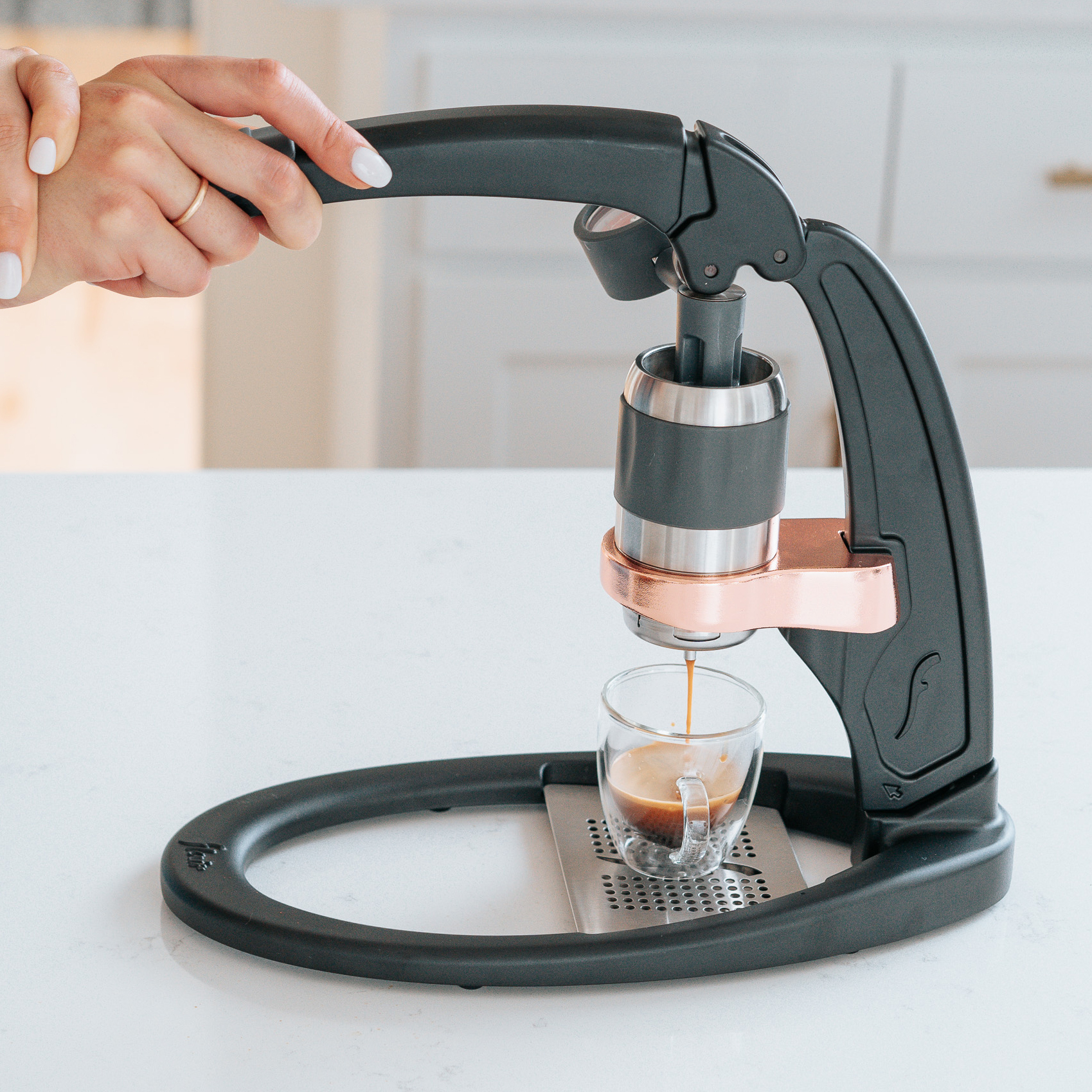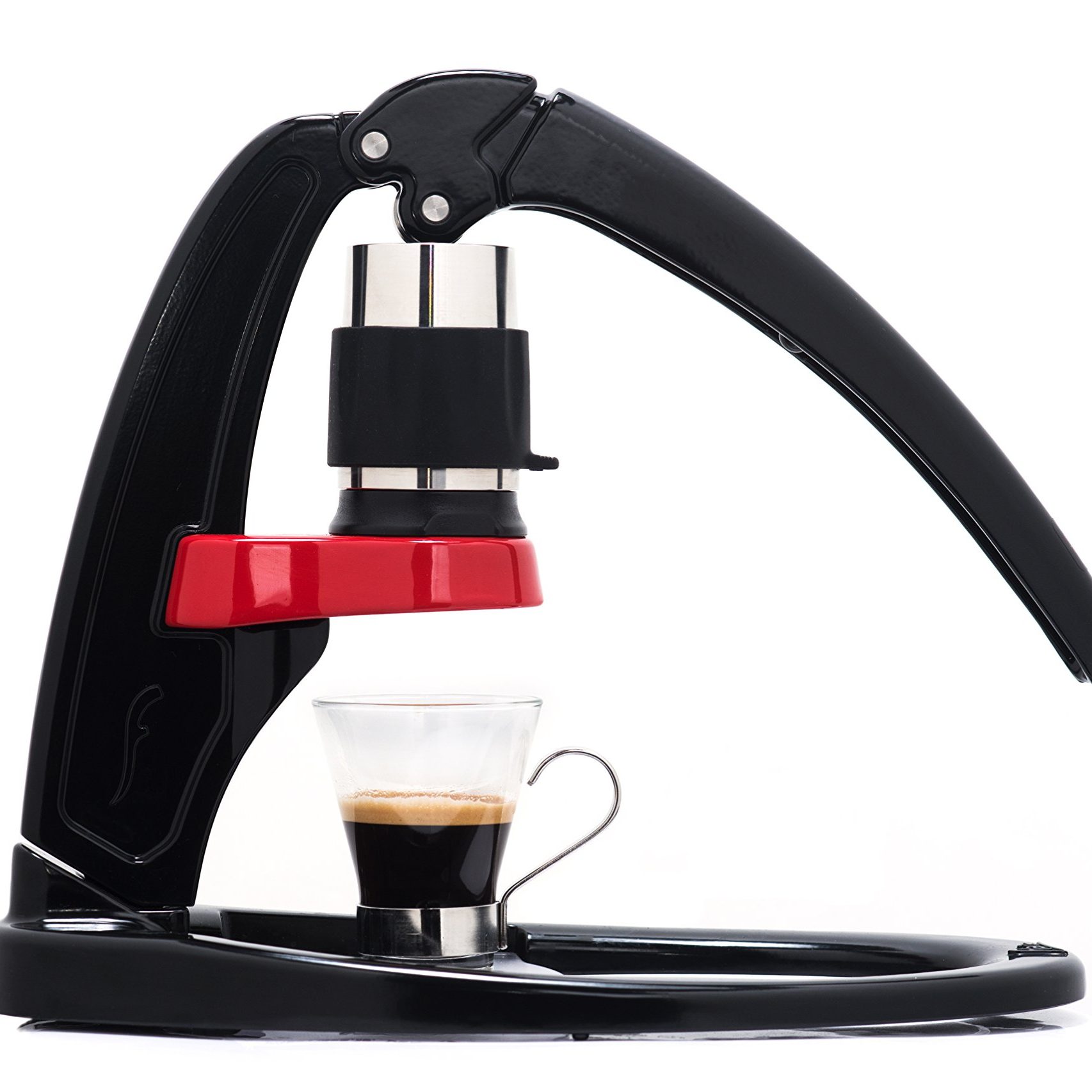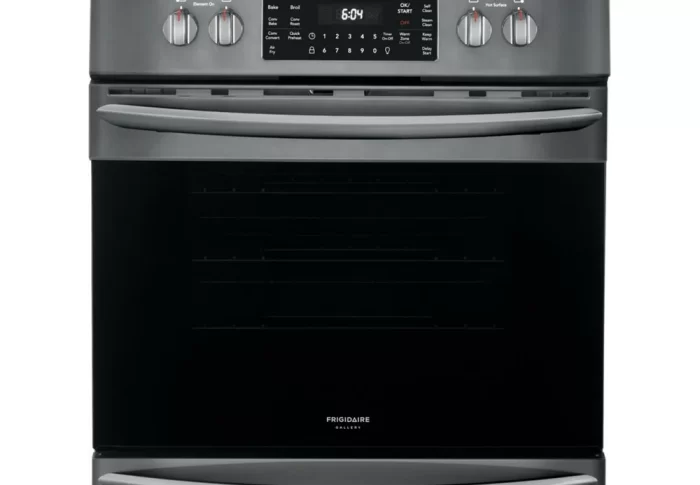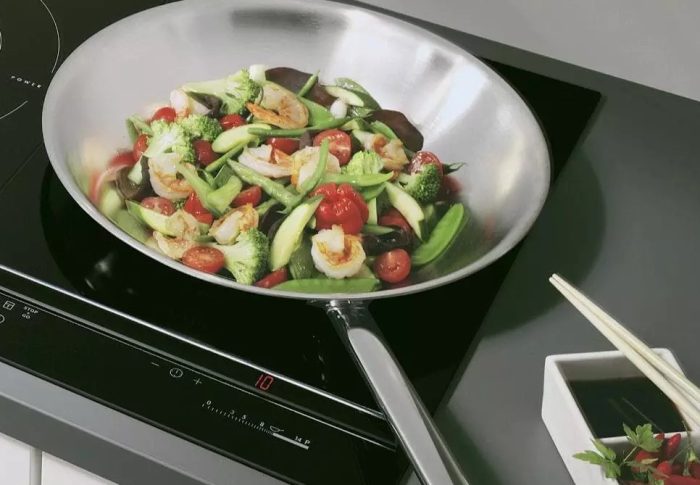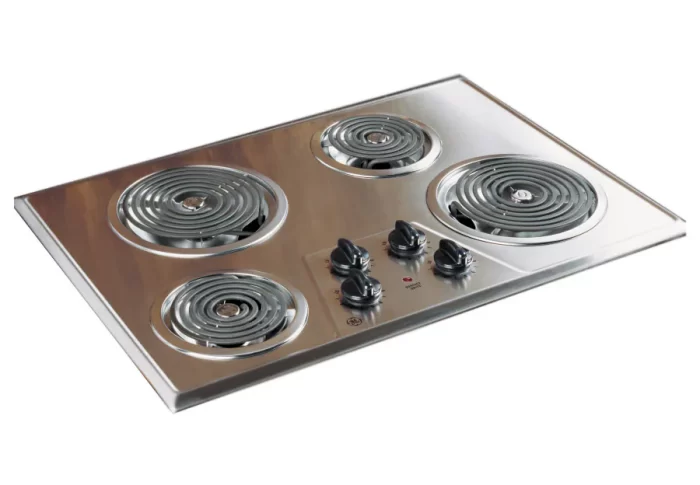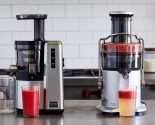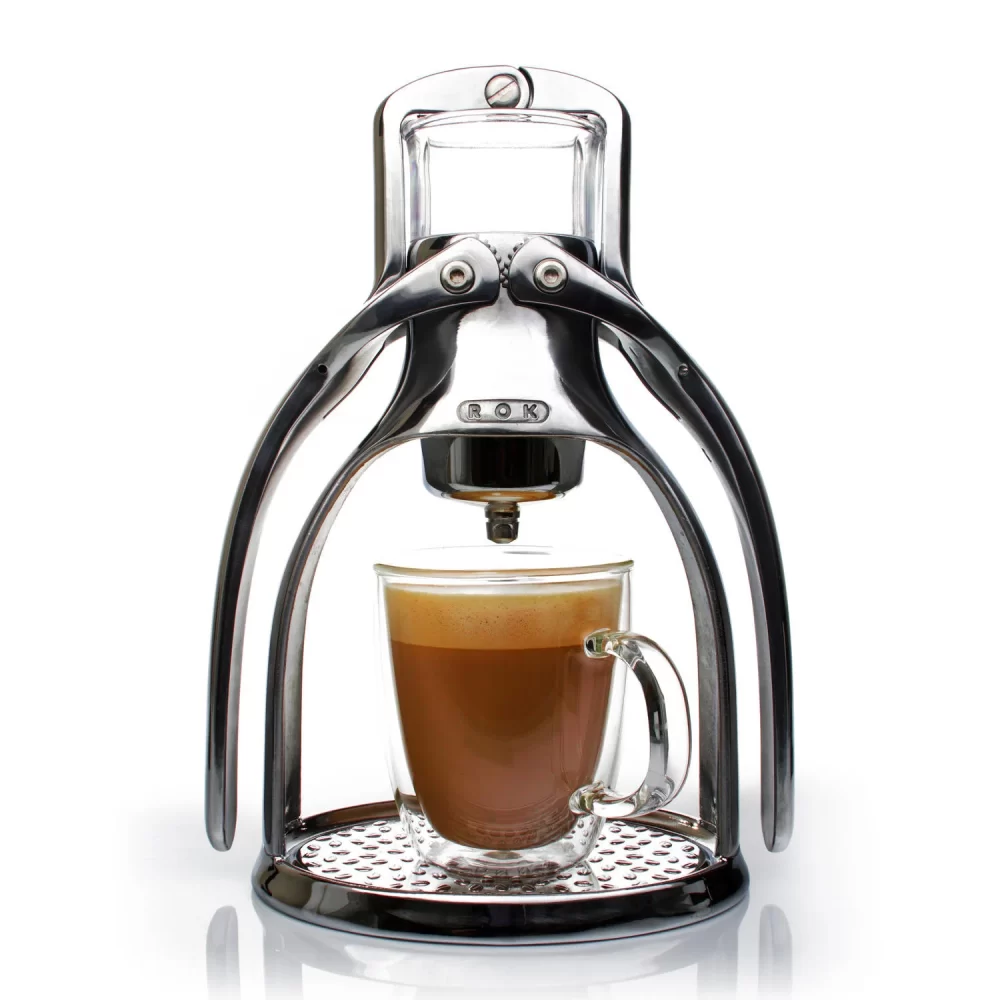
Embracing the Craft: The Manual Espresso Maker Experience
In a world dominated by automation and convenience, the manual espresso maker stands as a testament to the enduring allure of craftsmanship and personal involvement. For coffee enthusiasts seeking a deeper connection with their brew, manual espresso makers offer an unparalleled experience that combines tradition, precision, and the unmistakable satisfaction of creating a perfect cup of espresso with one’s own hands.
The Essence of Manual Espresso Makers
What Defines a Manual Espresso Maker?
A manual espresso maker is a type of coffee machine that requires the user to manually control the process of brewing espresso. Unlike automatic or semi-automatic machines, which handle much of the pressure and temperature regulation automatically, manual espresso makers place the responsibility of these crucial factors in the hands of the user. This allows for a personalized brewing experience, where each step can be adjusted to achieve the desired flavor profile and strength.
Historical Context and Evolution
The journey of manual espresso makers dates back to the early 20th century, coinciding with the rise of espresso culture in Italy. Initially, these devices were simplistic, relying on basic mechanisms to create the necessary pressure for espresso extraction. Over the decades, advancements in materials and engineering have refined manual machines, enhancing their reliability and ease of use while maintaining the essential hands-on aspect that defines them.
Key Components of a Manual Espresso Maker
Understanding the anatomy of a manual espresso maker is essential for appreciating its functionality. The primary components include:
- Portafilter: The handle with a basket where ground coffee is placed.
- Boiler: Heats the water to the ideal temperature for extraction.
- Pump or Lever: Generates the pressure needed to force water through the coffee grounds.
- Steam Wand: Sometimes included for frothing milk, though less common in purely manual models.
- Pressure Gauge: Indicates the pressure being applied during extraction, allowing for precise control.
These components work in unison to facilitate the intricate process of espresso making, where each element plays a pivotal role in the final taste and quality of the coffee.
Advantages of Using a Manual Espresso Maker
Superior Flavor Control
One of the most significant advantages of a manual espresso maker is the level of control it offers over the brewing process. Users can adjust variables such as water temperature, pressure, and extraction time, enabling the creation of a customized espresso that aligns perfectly with their taste preferences. This level of control is often unattainable with automatic machines, which operate within predefined parameters.
Enhanced Craftsmanship and Satisfaction
The hands-on nature of manual espresso makers fosters a deeper connection between the user and their coffee. The act of grinding beans, tamping the grounds, and operating the lever or pump becomes a ritual that enhances the overall coffee-drinking experience. This craftsmanship not only leads to a greater appreciation of the beverage but also provides a sense of accomplishment with each perfectly crafted shot.
Portability and Aesthetic Appeal
Many manual espresso makers are designed to be compact and portable, making them ideal for travel or use in spaces where a full-sized machine is impractical. Additionally, their often sleek and stylish designs add an aesthetic appeal to any kitchen, blending functionality with visual charm.
Choosing the Right Manual Espresso Maker
Assessing Your Brewing Preferences
When selecting a manual espresso coffee maker, it’s crucial to consider your brewing preferences and lifestyle. Factors such as the desired level of control, ease of use, and frequency of use will influence the type of machine that best suits your needs. For instance, a seasoned barista might prefer a model with intricate pressure control features, while a casual coffee drinker might opt for a simpler, more user-friendly design.
Materials and Build Quality
The durability and performance of a manual espresso maker are heavily influenced by the materials used in its construction. Stainless steel models are prized for their longevity and heat retention properties, while aluminum variants offer lightweight portability. Additionally, the quality of the components, such as the seals and gaskets, can significantly impact the machine’s reliability and ease of maintenance.
Budget Considerations
Manual espresso makers are available across a wide range of price points, catering to both entry-level enthusiasts and seasoned aficionados. It’s essential to balance your budget with the features and quality you desire, ensuring that you invest in a machine that offers both value and satisfaction.
Mastering the Art of Manual Espresso Making
Grinding and Preparing the Coffee
The foundation of a great espresso lies in the quality of the coffee beans and the consistency of the grind. For manual espresso makers, investing in a good burr grinder is essential to achieve a uniform grind size, which is critical for even extraction. The grind size should be fine enough to allow for proper pressure buildup but not so fine that it clogs the filter.
Tamping Techniques
Tamping is the process of compressing the coffee grounds in the portafilter to create a uniform bed for water to pass through. Proper tamping ensures even extraction and prevents channeling, which can lead to bitter or weak espresso. The ideal tamping pressure is typically around 30 pounds, applied with a smooth and consistent motion to achieve a flat and level surface.
Temperature and Pressure Control
Maintaining the correct water temperature (usually between 195°F and 205°F) and pressure (around 9 bars) is crucial for optimal espresso extraction. Manual espresso makers require the user to monitor and adjust these variables, which may involve preheating the machine and the portafilter, as well as carefully controlling the lever or pump operation to sustain consistent pressure.
Extraction Time and Technique
The extraction time for a standard espresso shot ranges from 25 to 30 seconds. Achieving the right balance requires practice and attention to detail. Factors such as grind size, tamping pressure, and water flow rate all influence the extraction time and, consequently, the flavor profile of the espresso. Adjustments may be necessary to refine the process and achieve the desired taste.
Maintenance and Care for Manual Espresso Makers
Regular Cleaning Practices
Maintaining a manual espresso maker involves regular cleaning to ensure optimal performance and longevity. This includes:
- Daily Cleaning: Rinsing the portafilter and basket after each use to remove coffee oils and residue.
- Weekly Cleaning: Backflushing the machine with a suitable cleaner to remove built-up deposits and maintain the integrity of the internal components.
- Periodic Deep Cleaning: Disassembling and thoroughly cleaning all parts, including the boiler and steam wand (if applicable), to prevent clogs and maintain consistent performance.
Descaling and Preventing Mineral Buildup
Descaling is a critical maintenance task that removes mineral deposits from the machine’s water pathways. Depending on the hardness of your water, descaling should be performed every few months using a commercial descaler or a natural alternative like vinegar. Proper descaling prevents reduced efficiency and extends the lifespan of the machine.
Storage and Handling
When not in use, storing the manual espresso maker in a dry, dust-free environment helps prevent damage and maintain cleanliness. Protecting the machine from extreme temperatures and humidity is also important to avoid corrosion and other forms of wear.
Troubleshooting Common Issues
Inconsistent Extraction
Inconsistent extraction can result from various factors, including uneven tamping, incorrect grind size, or fluctuating water temperature. Ensuring a uniform tamp, using the appropriate grind, and maintaining stable brewing conditions can help mitigate this issue.
Low Pressure Output
A decrease in pressure output may be caused by clogged filters, worn seals, or mineral buildup. Regular cleaning and maintenance, along with timely replacement of worn parts, are essential to maintain consistent pressure levels.
Leaking and Gasket Problems
Leaks often stem from damaged or improperly seated gaskets and seals. Inspecting these components regularly and replacing them when necessary ensures a tight and leak-free operation.
Comparing Manual and Automatic Espresso Makers
Control Versus Convenience
Manual espresso makers offer greater control over the brewing process, appealing to those who appreciate the nuances of coffee making. In contrast, automatic machines prioritize convenience, handling most of the brewing steps with minimal user intervention. The choice between the two depends on whether the user values hands-on involvement or ease of use more.
Cost and Maintenance
Manual machines are generally more affordable upfront compared to high-end automatic models. However, they may require more frequent maintenance and a steeper learning curve. Automatic machines might have higher initial costs but often come with user-friendly features and require less hands-on maintenance.
Flavor and Quality
While both manual and automatic espresso makers can produce high-quality espresso, the manual approach allows for finer adjustments that can enhance the flavor complexity and personal satisfaction. Automatic machines, meanwhile, provide consistent results with less effort, which can be beneficial for those prioritizing reliability over customization.
Enhancing Your Espresso Experience
Experimenting with Coffee Beans and Roasts
The manual espresso maker’s flexibility encourages experimentation with different coffee beans, roast levels, and blends. Exploring various origins and flavor profiles can lead to discovering unique and personalized espresso tastes.
Incorporating Milk Frothing Techniques
Although not all manual espresso makers include a steam wand, adding milk frothing can expand the range of beverages you can create, such as cappuccinos and lattes. Mastering milk frothing techniques complements the espresso base and elevates the overall coffee experience.
Pairing with Complementary Foods
Enhancing your espresso ritual with complementary foods, such as pastries or chocolates, creates a more satisfying and holistic experience. Thoughtful pairings can highlight the flavors of the espresso and provide a delightful sensory combination.
The Sustainable Choice: Manual Espresso Makers and the Environment
Energy Efficiency
Manual espresso makers typically consume less energy than their automatic counterparts, as they often rely on simpler heating mechanisms and do not require continuous power for operations. This energy efficiency contributes to a smaller environmental footprint.
Reducing Waste
By allowing users to control the brewing process, manual espresso makers minimize waste by enabling precise use of coffee grounds and water. Additionally, the durability and longevity of these machines reduce the need for frequent replacements, further promoting sustainability.
Ethical Coffee Sourcing
The hands-on nature of manual espresso makers encourages a greater appreciation for the quality and origin of coffee beans. This awareness can lead to more conscientious choices regarding ethically sourced and sustainably produced coffee, supporting environmentally friendly practices in the industry.
The Future of Manual Espresso Makers
Innovations and Technological Enhancements
While manual espresso makers are rooted in traditional methods, ongoing innovations aim to enhance their functionality and user experience. Developments such as improved materials, ergonomic designs, and integrated temperature control systems make manual machines more accessible and efficient without compromising their core hands-on nature.
Community and Culture
The resurgence of interest in manual brewing methods reflects a broader cultural movement towards mindfulness and craftsmanship in daily activities. Coffee enthusiasts and communities around manual espresso making continue to grow, fostering a rich culture of knowledge sharing and appreciation for the art of espresso.
Balancing Tradition and Modernity
The future of manual espresso makers lies in balancing the rich traditions of espresso making with modern advancements. By integrating subtle technological improvements while preserving the essential manual elements, these machines will continue to appeal to both purists and contemporary coffee lovers.
 Conclusion: The Lasting Appeal of the Manual Espresso Maker
Conclusion: The Lasting Appeal of the Manual Espresso Maker
In an age where speed and convenience often overshadow the finer aspects of daily rituals, the manual espresso maker offers a refreshing return to the roots of coffee making. Its blend of control, craftsmanship, and enduring charm ensures that it remains a beloved choice for those who seek not just a cup of coffee, but a meaningful and personalized experience. Whether you are a seasoned barista or a curious novice, embracing a manual espresso maker can transform your coffee routine into an art form, celebrating the timeless joy of creating a perfect espresso with your own hands.

